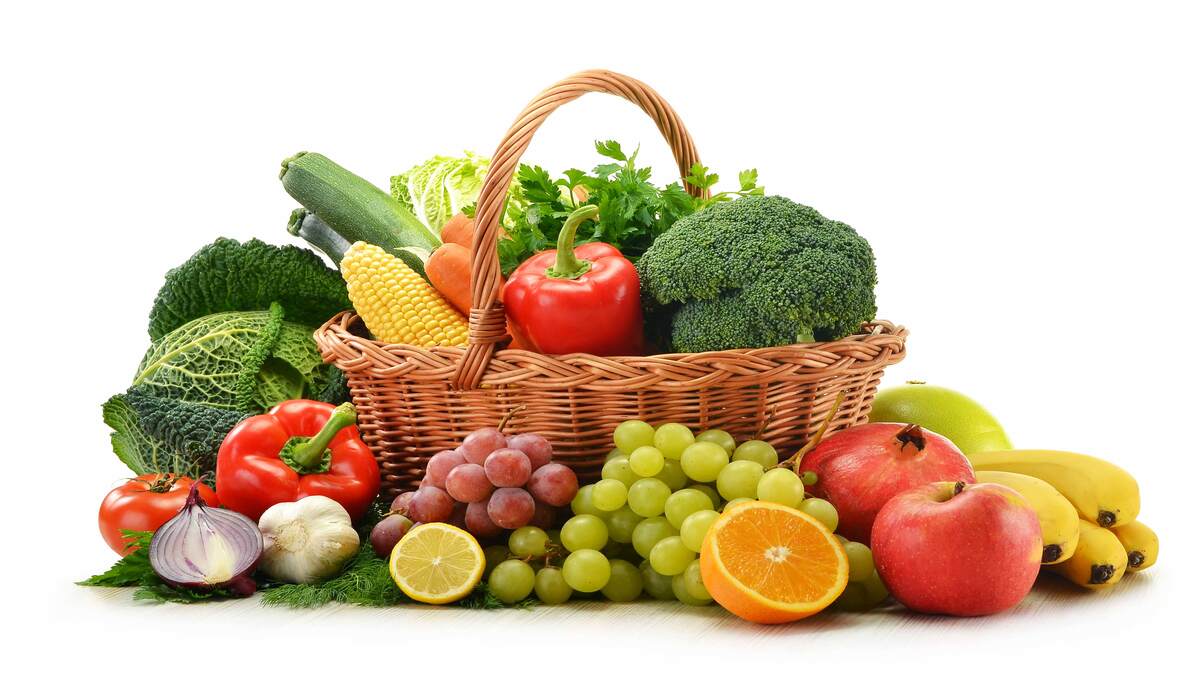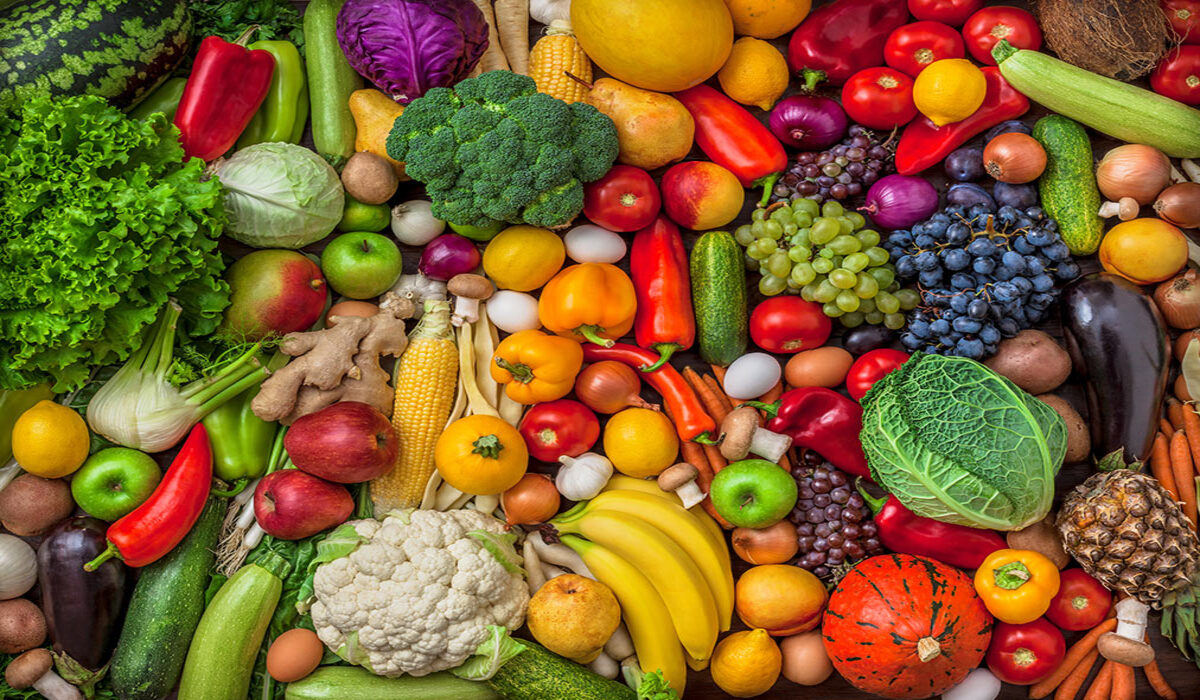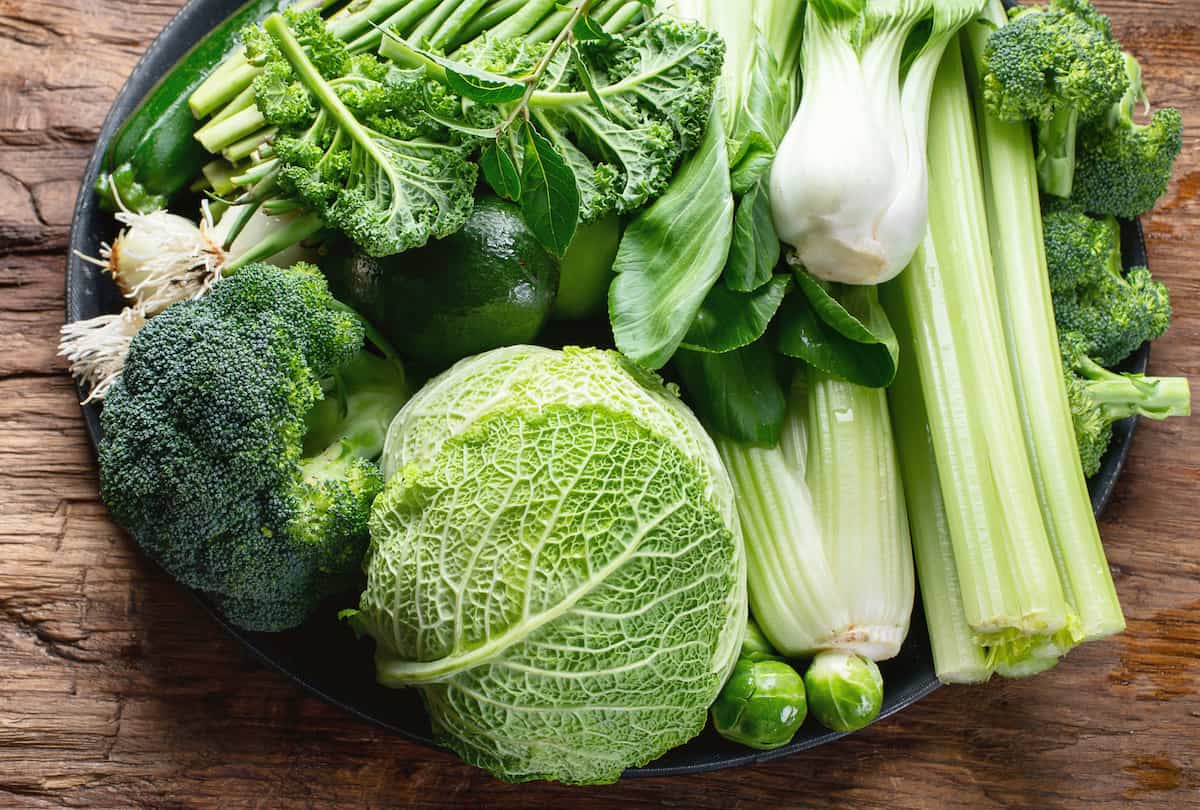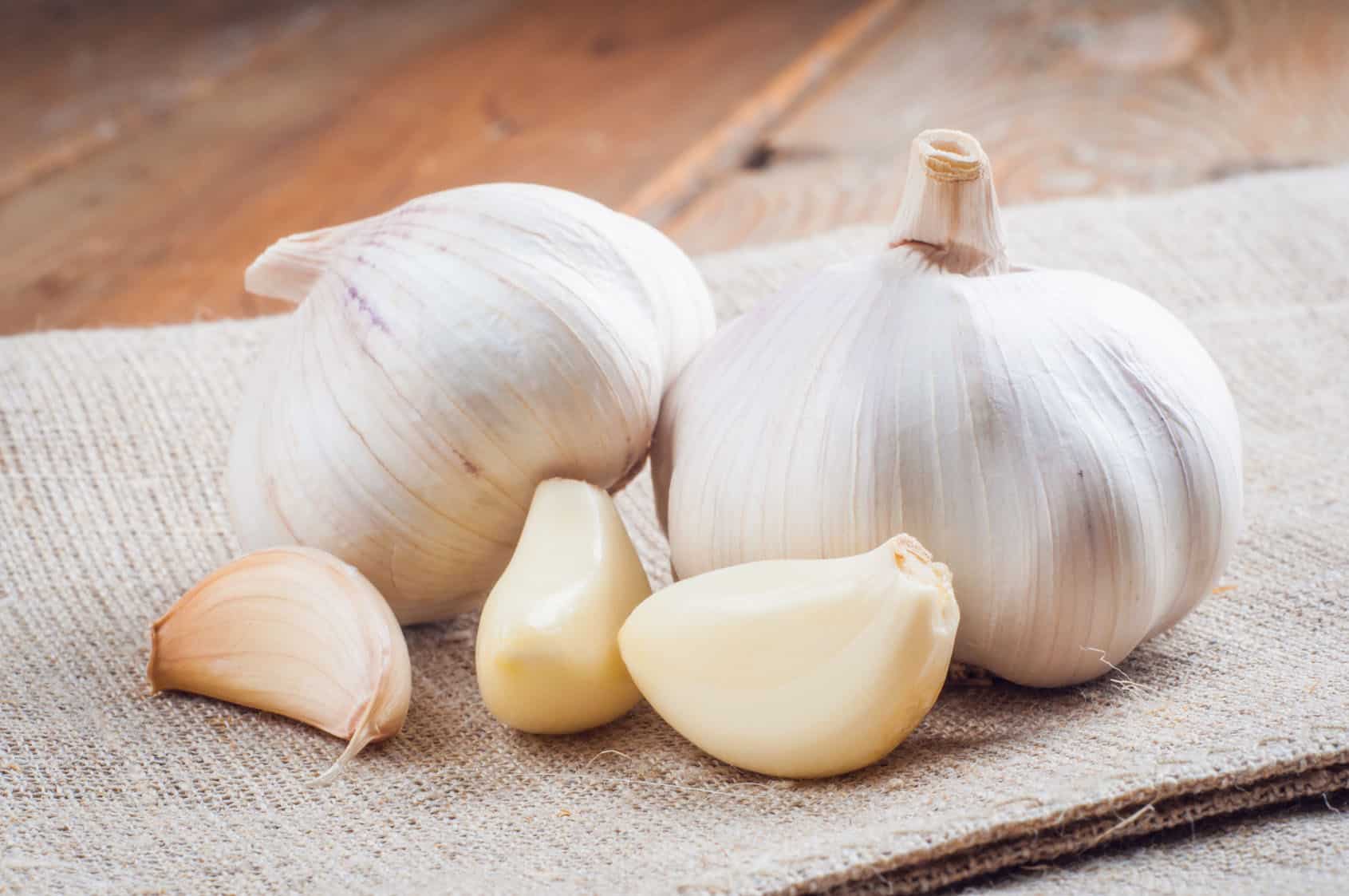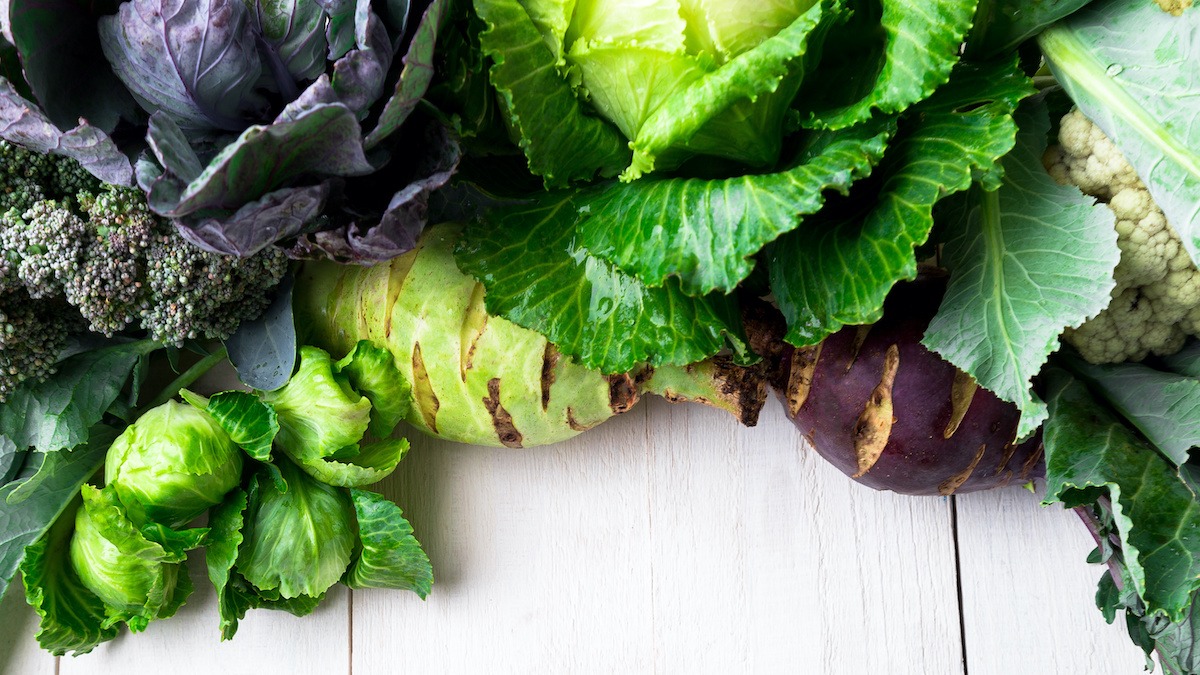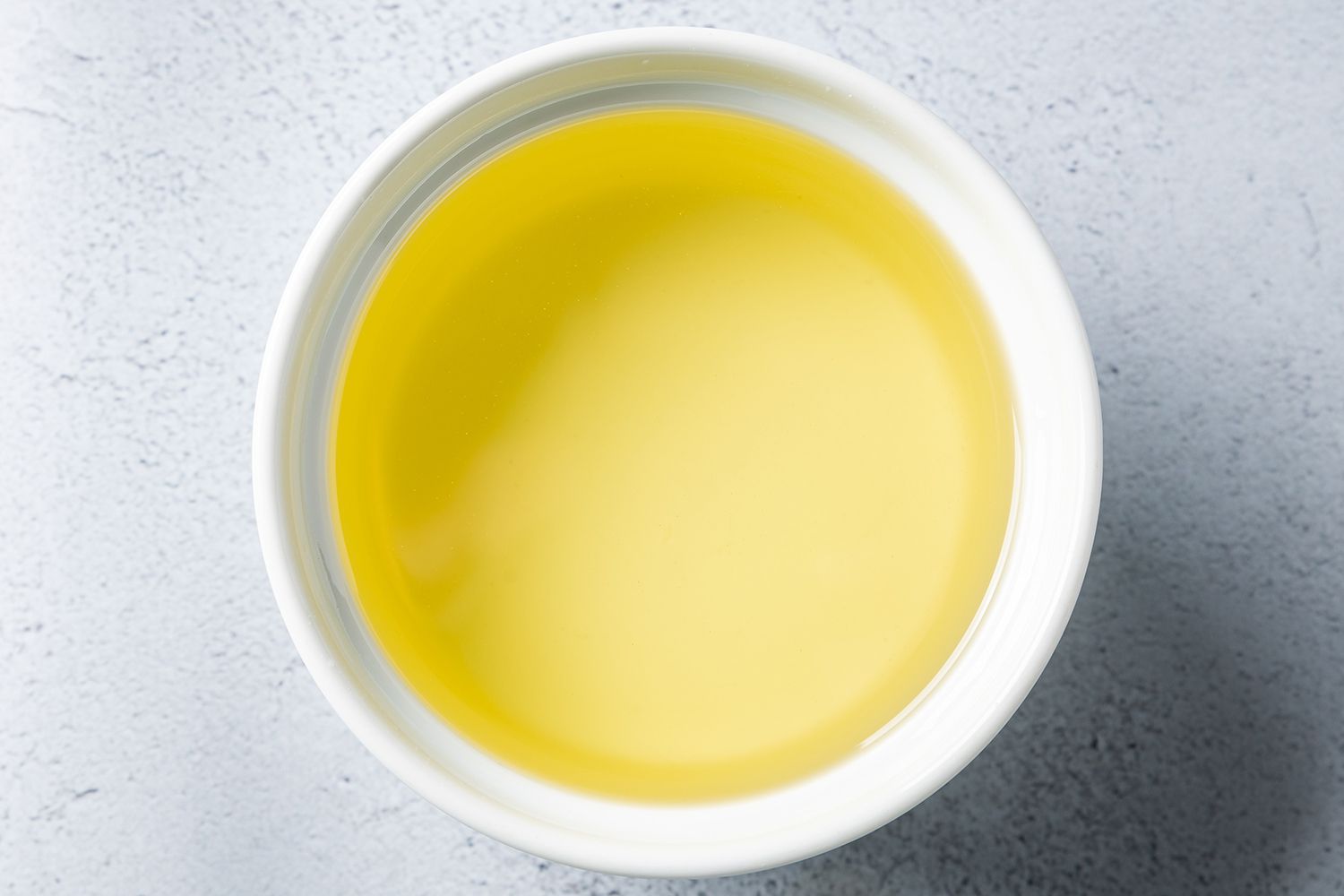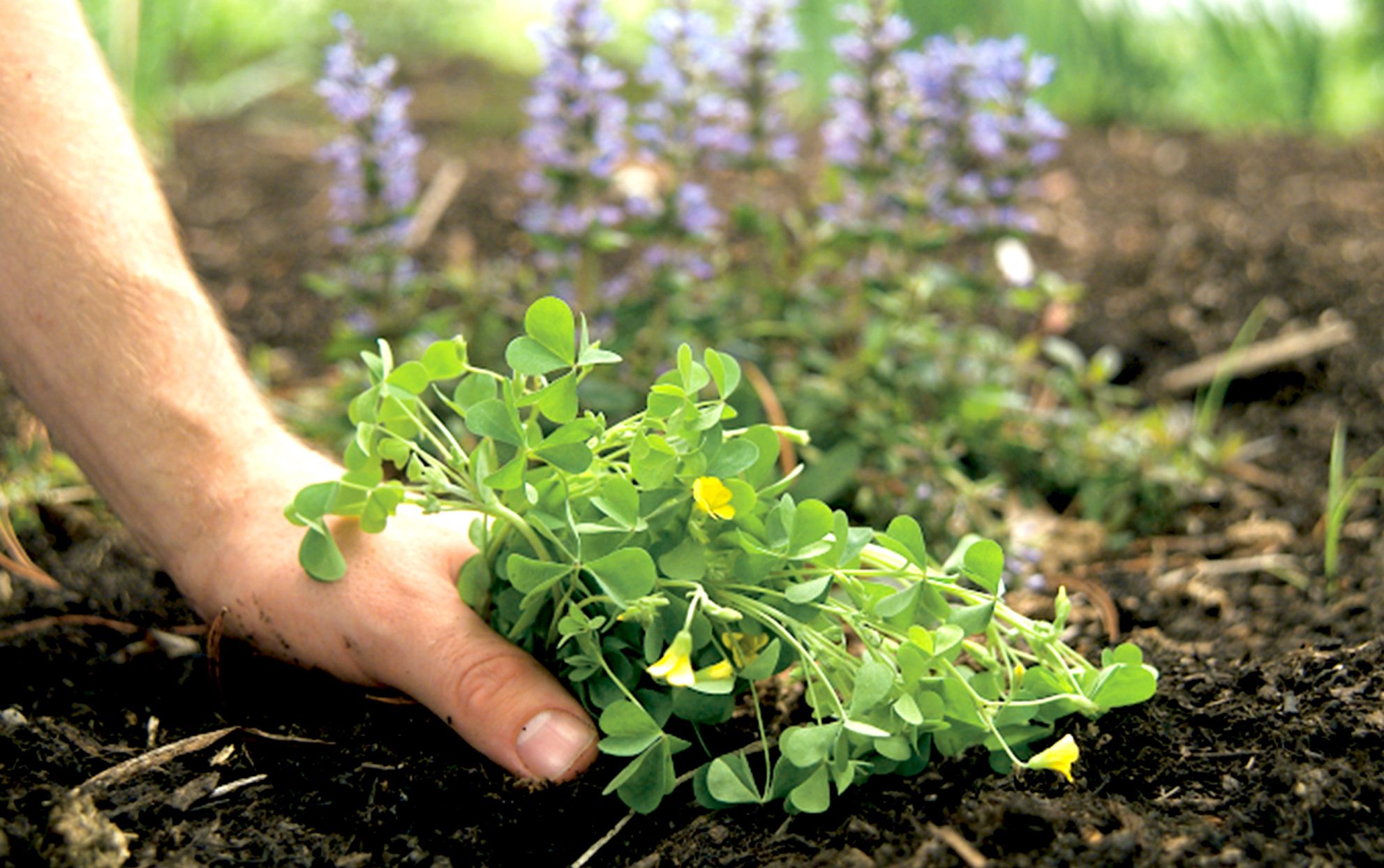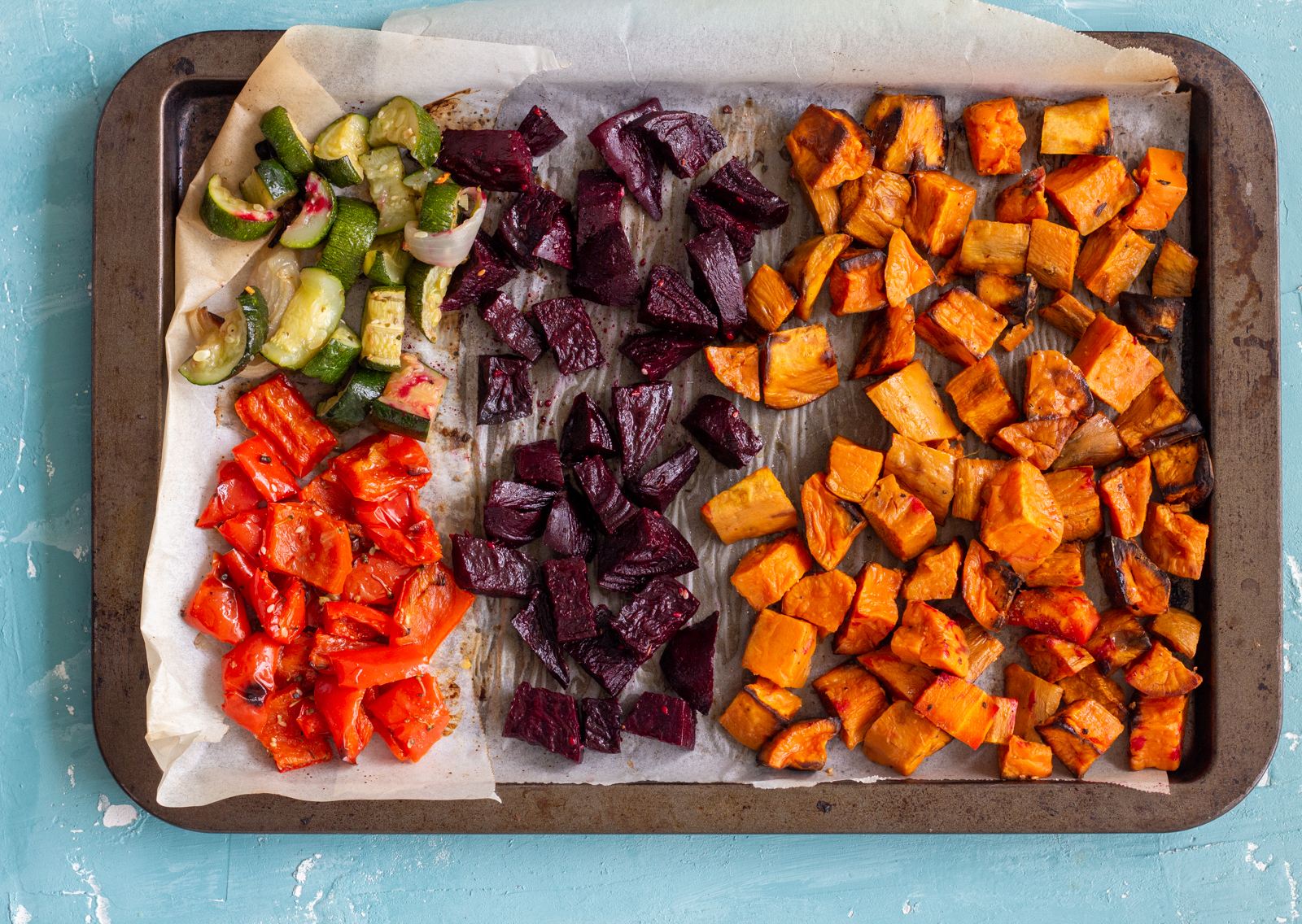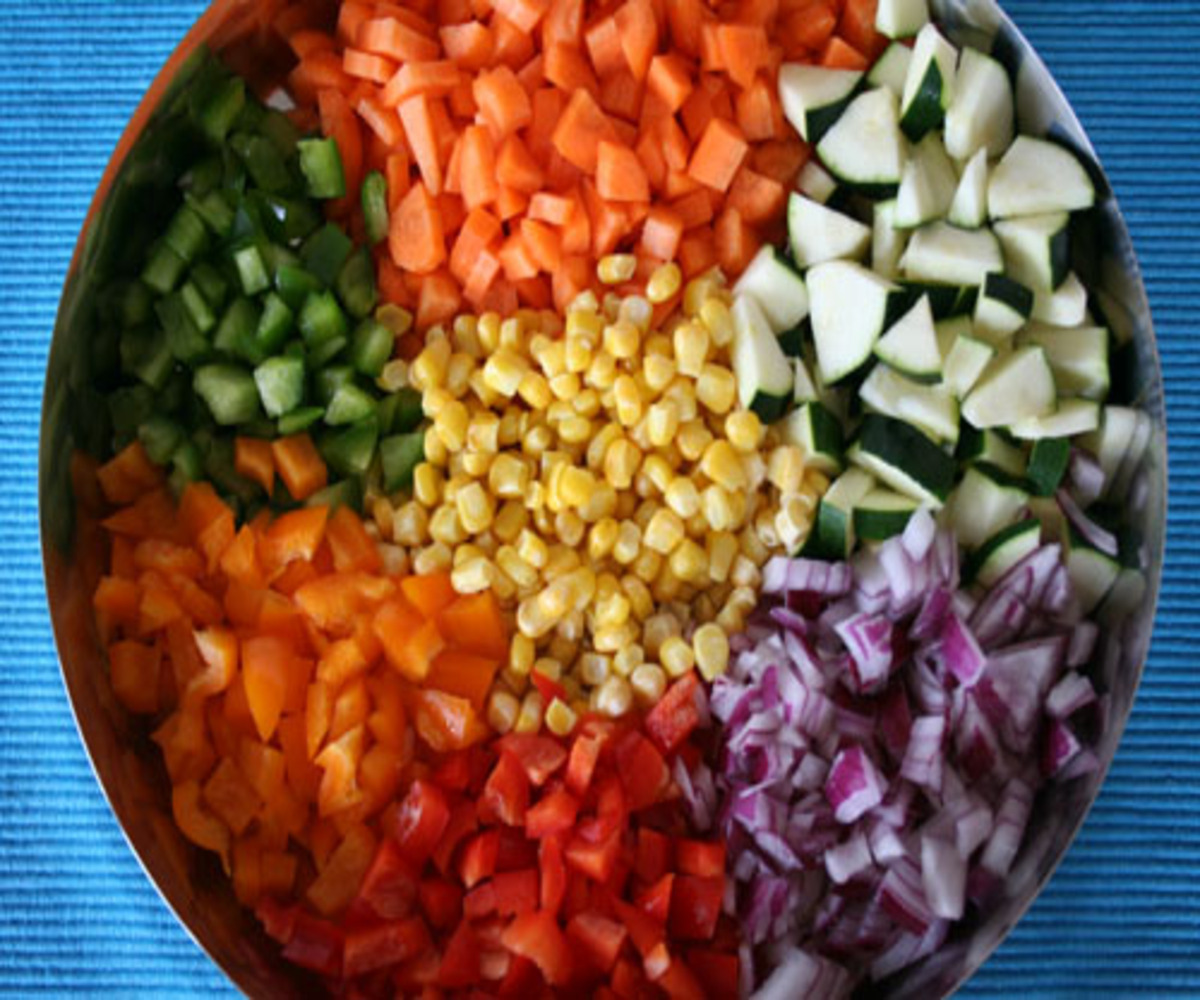Home>Gardening News and Trends>Latest News>What Vegetables Are Keto-Friendly


Latest News
What Vegetables Are Keto-Friendly
Modified: January 22, 2024
Discover the latest news on keto-friendly vegetables and find out which ones are best for your ketogenic diet.
(Many of the links in this article redirect to a specific reviewed product. Your purchase of these products through affiliate links helps to generate commission for Chicagolandgardening.com, at no extra cost. Learn more)
Table of Contents
Introduction
The ketogenic diet, or keto diet for short, has gained immense popularity in recent years as a highly effective way to lose weight and improve overall health. This low-carb, high-fat diet focuses on drastically reducing carbohydrate intake and increasing fat consumption, which shifts the body into a state of ketosis. In ketosis, the body starts burning fat for fuel instead of glucose, leading to weight loss and increased energy levels.
While following a keto diet may seem restrictive at first, there are plenty of delicious and nutritious foods that you can enjoy while staying in ketosis. One food category that often confuses people when it comes to its keto-friendliness is vegetables. Since many vegetables are relatively high in carbohydrates, it’s important to know which ones are keto-friendly and can be incorporated into your keto meal plan.
In this article, we will dive into the world of keto-friendly vegetables. We’ll explore the benefits of including vegetables in a keto diet, provide you with a comprehensive list of vegetables that are low in carbs and ideal for keto, and also highlight the vegetables you should avoid to stay on track.
By understanding which vegetables fit into a keto diet, you can ensure you’re getting the necessary nutrients while maintaining ketosis and achieving your health and weight loss goals.
Understanding the Keto Diet
The ketogenic diet is a low-carb, high-fat eating plan that has gained significant attention in recent years. The primary goal of the keto diet is to shift the body’s metabolism into a state called ketosis, where it burns fat for fuel instead of carbohydrates. This occurs when carbohydrate intake is limited to a very low level, typically below 50 grams per day.
When you consume fewer carbohydrates, your body starts to use the stored fat as its primary source of energy. The liver breaks down fat into molecules known as ketones, which are then used for energy production. This metabolic state has numerous benefits, including weight loss, improved mental clarity, and enhanced energy levels.
What sets the keto diet apart from other low-carb diets is its focus on high-fat consumption. Approximately 70-75% of your daily calorie intake comes from healthy fats, such as avocados, nuts, seeds, and oils. The remaining calories are derived from moderate protein intake, usually around 20%, while carbohydrates make up only 5-10% of the total calorie intake.
By drastically reducing carbohydrate intake, the body depletes its glycogen stores, causing water loss and a drop in blood sugar levels. This results in rapid weight loss during the initial stages of starting a keto diet. However, it’s essential to note that long-term success on the keto diet relies on maintaining a sustainable eating plan that includes a variety of nutrient-dense foods.
It’s important to consult with a healthcare professional or a registered dietitian before starting any new diet, especially if you have underlying medical conditions or concerns. They can help determine if the keto diet is suitable for you and guide you through the process of transitioning into ketosis while ensuring you meet your nutritional needs.
Benefits of a Keto-Friendly Vegetable Diet
Vegetables play a vital role in any healthy diet, and incorporating them into a keto eating plan can provide numerous benefits. Here are some of the advantages of including a variety of keto-friendly vegetables in your diet:
- Nutrient Density: Vegetables are packed with essential vitamins, minerals, and antioxidants that support overall health and well-being. By consuming a wide range of vegetables, you can ensure you’re getting the necessary nutrients while following a ketogenic diet.
- Fiber Content: Many keto-friendly vegetables are high in fiber, which is important for maintaining a healthy digestive system. Fiber helps regulate bowel movements, promotes satiety, and helps control blood sugar levels, which can be beneficial for individuals with diabetes or insulin resistance.
- Low in Carbohydrates: While some vegetables are high in carbs, there are plenty of options that are low in net carbs, making them ideal for keto. These vegetables, such as leafy greens and cruciferous vegetables, provide essential nutrients without significantly impacting your carbohydrate intake.
- Increased Fullness: Including vegetables in your meals can help increase satiety and prevent overeating. The fiber and water content in vegetables add bulk to your meals, making you feel fuller for longer periods and reducing the likelihood of snacking on unhealthy foods.
- Variety and Flavor: Keto-friendly vegetables come in a wide range of colors, textures, and flavors, making your meals more enjoyable and satisfying. Experimenting with different vegetables can help prevent diet boredom and keep you motivated on your keto journey.
- Reduced Inflammation: Many vegetables have anti-inflammatory properties, which can be beneficial for individuals with inflammatory conditions. A diet rich in vegetables can help reduce inflammation in the body and promote overall health and well-being.
Remember, even though vegetables are an essential part of a healthy keto diet, it’s crucial to monitor your portion sizes to ensure you’re staying within your daily carb limits. Additionally, selecting a variety of vegetables will provide a broader range of nutrients and help prevent micronutrient deficiencies.
List of Keto-Friendly Vegetables
When following a ketogenic diet, it’s important to choose vegetables that are low in carbohydrates and fit within your daily macronutrient goals. Here is a list of keto-friendly vegetables that you can enjoy while staying in ketosis:
- Leafy Greens: Leafy greens such as spinach, kale, lettuce, and Swiss chard are incredibly low in carbs and rich in vitamins and minerals. They make a great base for salads or can be cooked and added to various keto-friendly dishes.
- Cruciferous Vegetables: Vegetables from the cruciferous family, including broccoli, cauliflower, Brussels sprouts, and cabbage, are excellent choices for a keto diet. They are low in carbs and high in fiber, making them filling and nutrient-dense.
- Zucchini: Zucchini is a versatile vegetable that can be spiralized into noodles (also known as “zoodles”) or sliced and used as a low-carb substitute for lasagna sheets. It’s a great option to incorporate into your keto meals.
- Bell Peppers: Bell peppers are vibrant and flavorful vegetables that are relatively low in carbs. They can be enjoyed raw in salads or cooked and stuffed with keto-friendly ingredients for a satisfying meal.
- Mushrooms: Mushrooms are not only delicious but also low in carbohydrates. They can be sautéed, grilled, or added to various keto recipes to enhance flavor and provide a meaty texture.
- Asparagus: Asparagus is a nutrient-dense vegetable that is low in carbs and high in fiber. It makes a tasty side dish when roasted or grilled and can be incorporated into omelets or stir-fries.
- Cucumber: Cucumbers are refreshing and hydrating vegetables that are low in carbs. They can be sliced and enjoyed with dips or added to salads for a satisfying crunch.
- Green Beans: Green beans are lower in carbs compared to other starchy vegetables and can be incorporated into keto meals. Just make sure to moderate your portion sizes to stay within your daily carb limits.
- Avocado: Although technically a fruit, avocados are a fantastic source of healthy fats and are low in net carbs. They can be enjoyed on their own, added to salads, or used as a base for keto-friendly dips and spreads.
- Radishes: Radishes are low-carb root vegetables that can add a pop of color and crunch to your keto meals. They can be enjoyed raw in salads or roasted to enhance their flavor.
Remember, portion sizes and individual carb tolerances may vary, so it’s important to track your macros and adjust your vegetable intake accordingly. By incorporating these keto-friendly vegetables into your diet, you can enjoy a wide variety of flavors while maintaining ketosis.
Non-Keto Vegetables to Avoid
While many vegetables are suitable for a ketogenic diet, there are a few high-carb options that should be avoided to stay in ketosis. Here are some non-keto vegetables that you should be cautious about including in your diet:
- Potatoes: Whether it’s white potatoes, sweet potatoes, or yams, these starchy tubers are high in carbs and can significantly impact your ketone levels. It’s best to steer clear of potatoes, especially in their fried or processed forms.
- Corn: Corn is another high-carb vegetable that should be avoided on a keto diet. Though it is considered a vegetable, corn is rich in starch and can quickly exceed your daily carb allowance.
- Peas: While peas are considered a nutritious vegetable, they are relatively high in carbohydrates compared to other low-carb alternatives. It’s best to limit your portion size or opt for lower-carb options instead.
- Carrots: Carrots are root vegetables that contain natural sugars and are higher in carbs. While they can be enjoyed in moderation, it’s essential to be mindful of portion sizes to avoid exceeding your daily carb limits.
- Beets: Beets are root vegetables known for their vibrant color and earthy flavor. However, they are relatively high in carbohydrates and are not suitable for a keto diet if consumed in large amounts.
- Butternut Squash: Butternut squash is a flavorful winter squash that is higher in carbs compared to other keto-friendly vegetables. Limit your intake or consider other lower-carb squash options, such as zucchini or spaghetti squash.
- Acorn Squash: Similar to butternut squash, acorn squash is higher in carbs and should be enjoyed in moderation or avoided altogether if you’re following a strict ketogenic diet.
- Turnips: While turnips are lower in carbs than potatoes, they can still contribute to your overall carb intake. It’s best to moderate your portion size and opt for other keto-friendly alternatives.
Keep in mind that individual carb tolerance may vary, and some people might be able to incorporate small portions of these higher-carb vegetables into their keto diet without being kicked out of ketosis. However, if you’re aiming for strict ketosis, it’s best to avoid or limit these non-keto vegetables to maintain steady progress towards your goals.
Tips for Incorporating Keto-Friendly Vegetables into Your Diet
Incorporating keto-friendly vegetables into your diet can be delicious and satisfying with a few helpful tips and strategies. Here are some suggestions to help you make the most of keto-friendly vegetables:
- Diversify Your Choices: Don’t limit yourself to just a few vegetables. Explore a variety of keto-friendly options to keep your meals interesting and enjoyable.
- Experiment with Cooking Methods: Try different cooking methods, such as roasting, sautéing, steaming, or grilling, to enhance the flavors and textures of your vegetables.
- Meal Prep in Advance: Wash, chop, and portion your vegetables ahead of time to make meal preparation quick and convenient. This can help you stay on track with your keto diet throughout the week.
- Add Vegetables to Your Favorite Dishes: Incorporate keto-friendly vegetables into your favorite dishes, such as adding spinach to omelets, cauliflower rice to stir-fries, or zucchini noodles to pasta dishes.
- Make Veggie-Based Soups and Stews: Create flavorful soups and stews using a variety of low-carb vegetables. This is a great way to incorporate multiple vegetables into one meal.
- Try Vegetable Snacks: Instead of reaching for processed snacks, opt for keto-friendly vegetable snacks, such as cucumber slices with dip or roasted kale chips.
- Use Vegetables as Wraps: Replace high-carb tortillas or bread with lettuce leaves or collard greens to create keto-friendly wraps or rolls.
- Be Mindful of Portion Sizes: Although keto-friendly vegetables are low in carbs, they still contribute to your overall daily intake. Keep track of the portion sizes to stay within your keto goals.
- Pair Vegetables with Healthy Fats: Enhance the flavors and increase satiety by combining keto-friendly vegetables with healthy fats, such as avocado, olive oil, or nuts.
- Explore New Recipes: Don’t be afraid to try new recipes that feature keto-friendly vegetables. There are countless online resources and cookbooks available that can provide inspiration for delicious and creative meals.
Remember, the key to a successful keto diet is finding balance and enjoying a variety of nutrient-dense foods. By incorporating these tips into your meal planning, you can ensure that keto-friendly vegetables play a central role in your diet while keeping you on track towards your health and weight loss goals.
Conclusion
Incorporating keto-friendly vegetables into your diet is not only essential for maintaining a healthy and balanced ketogenic eating plan but also provides numerous benefits. From their rich nutrient profiles to their low-carbohydrate content, these vegetables can support your overall health, weight loss efforts, and satisfaction on the keto diet.
By understanding which vegetables are keto-friendly and incorporating them into your meals, you can enjoy a wide variety of flavors, textures, and nutrients while staying in ketosis. Leafy greens, cruciferous vegetables, zucchini, bell peppers, and mushrooms are just a few examples of the many keto-friendly vegetables to include in your meals.
It’s also important to be aware of the non-keto vegetables that should be limited or avoided due to their higher carbohydrate content. Potatoes, corn, peas, and beets are just a few examples that may hinder your progress on the keto diet if consumed in significant amounts.
With the tips provided, such as diversifying your vegetable choices, trying different cooking methods, and incorporating vegetables into your favorite dishes, you can make keto-friendly vegetables a delicious and integral part of your ketogenic eating plan.
Remember, consulting with a healthcare professional or registered dietitian is recommended before starting any new diet to ensure it aligns with your individual needs and goals.
So go ahead and explore the wide array of keto-friendly vegetables available, get creative in the kitchen, and enjoy the many benefits that come with incorporating these nutrient-dense gems into your keto lifestyle.
